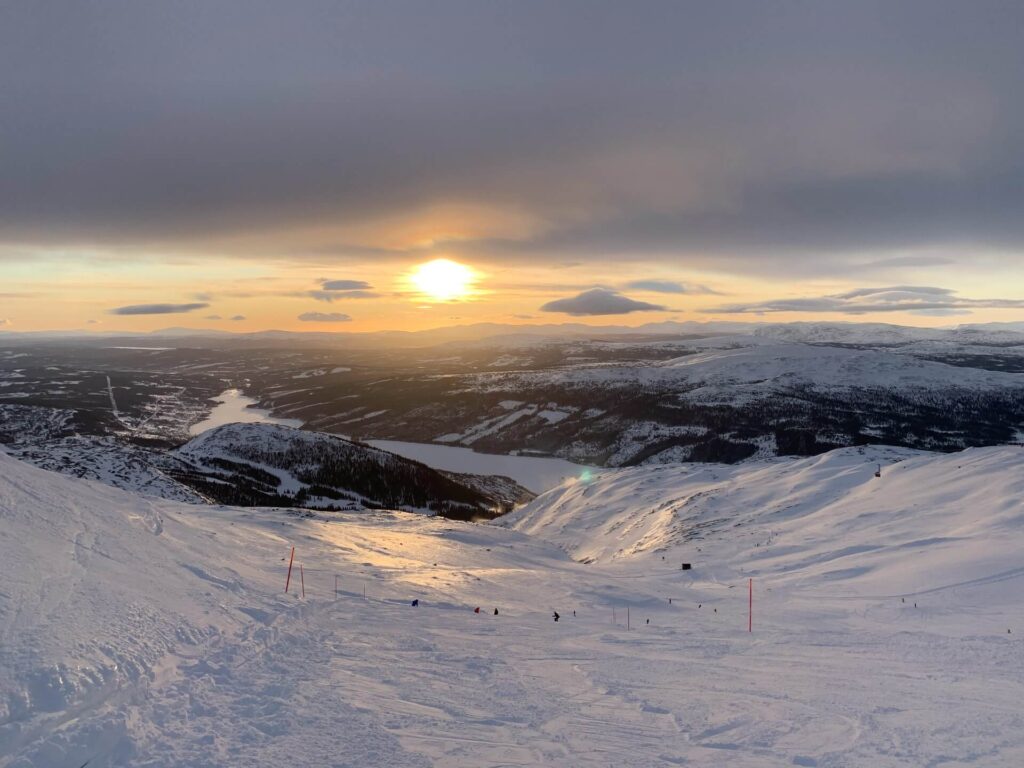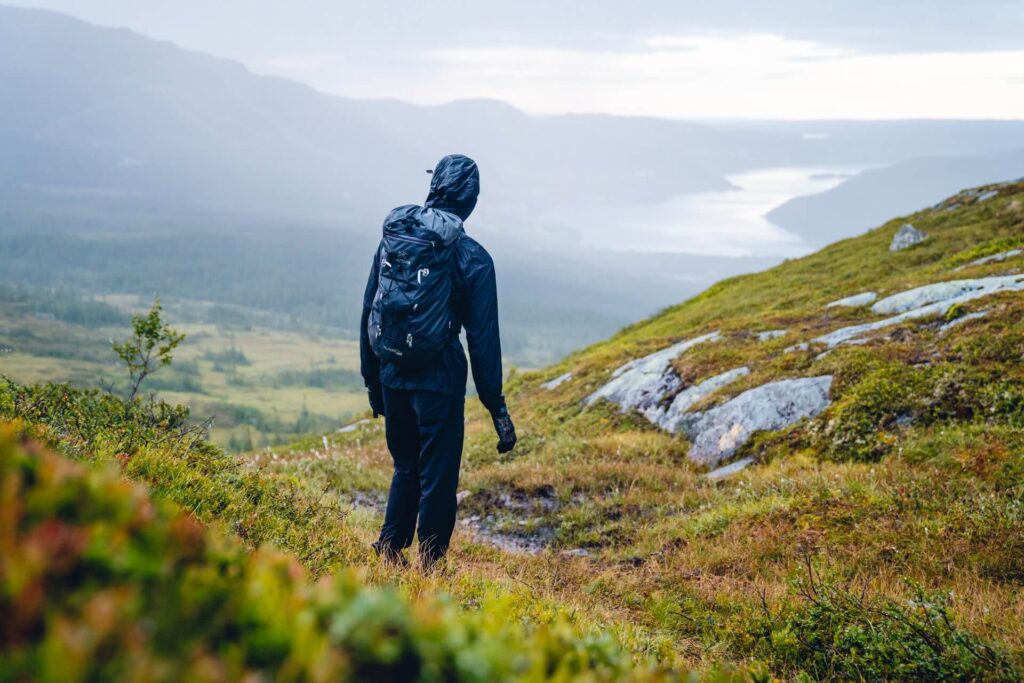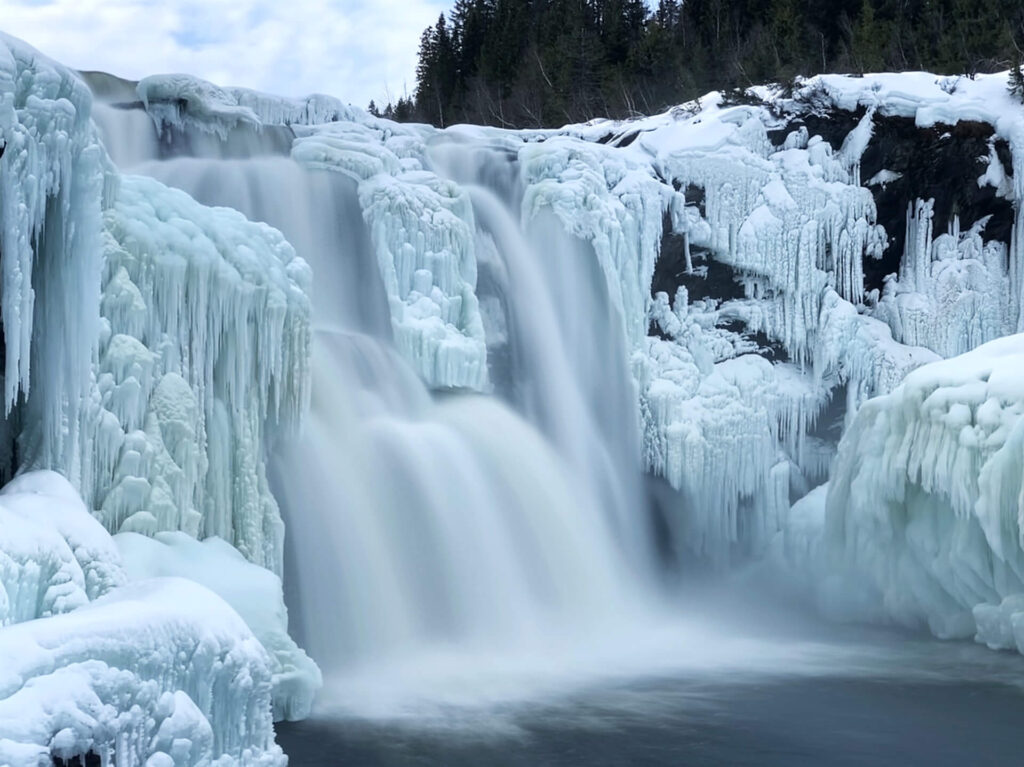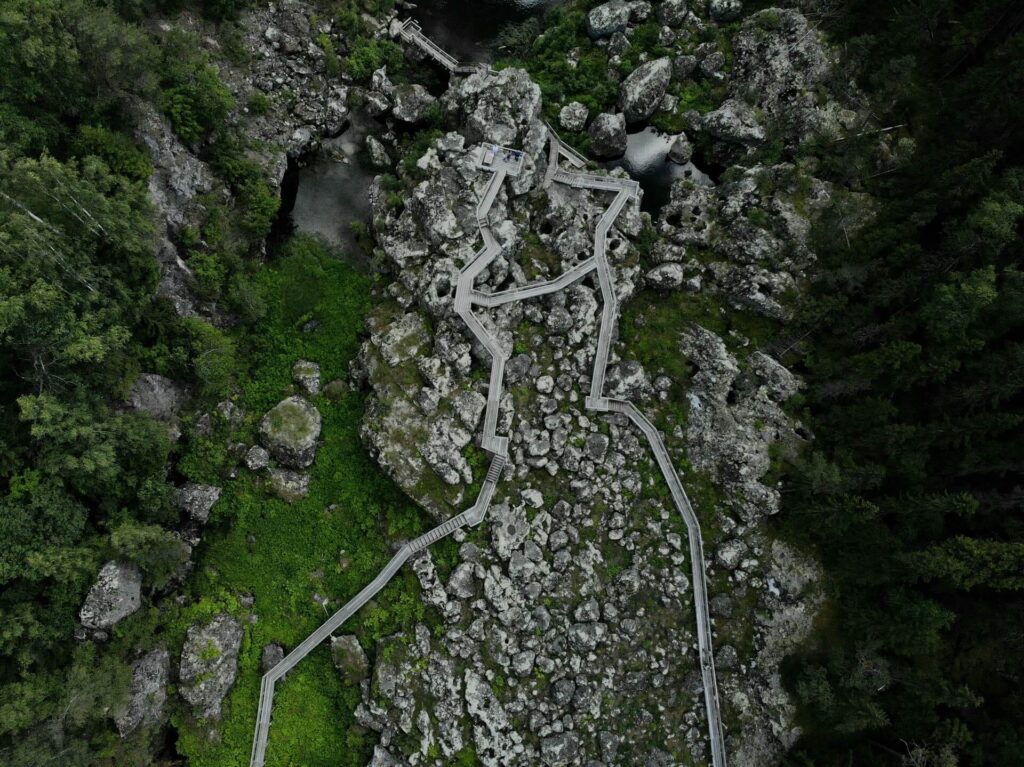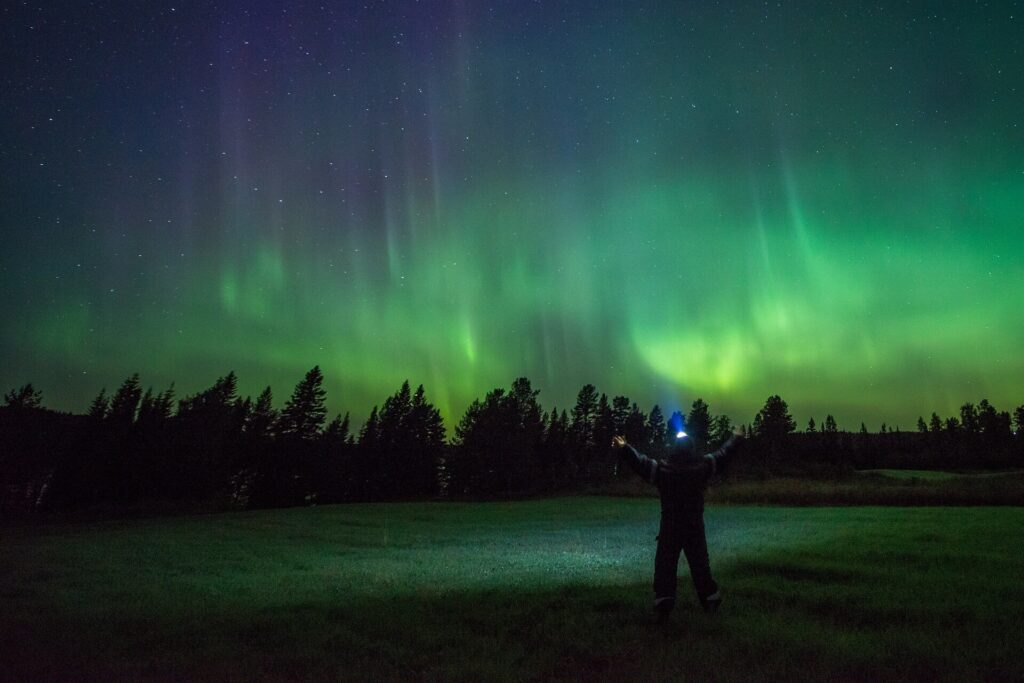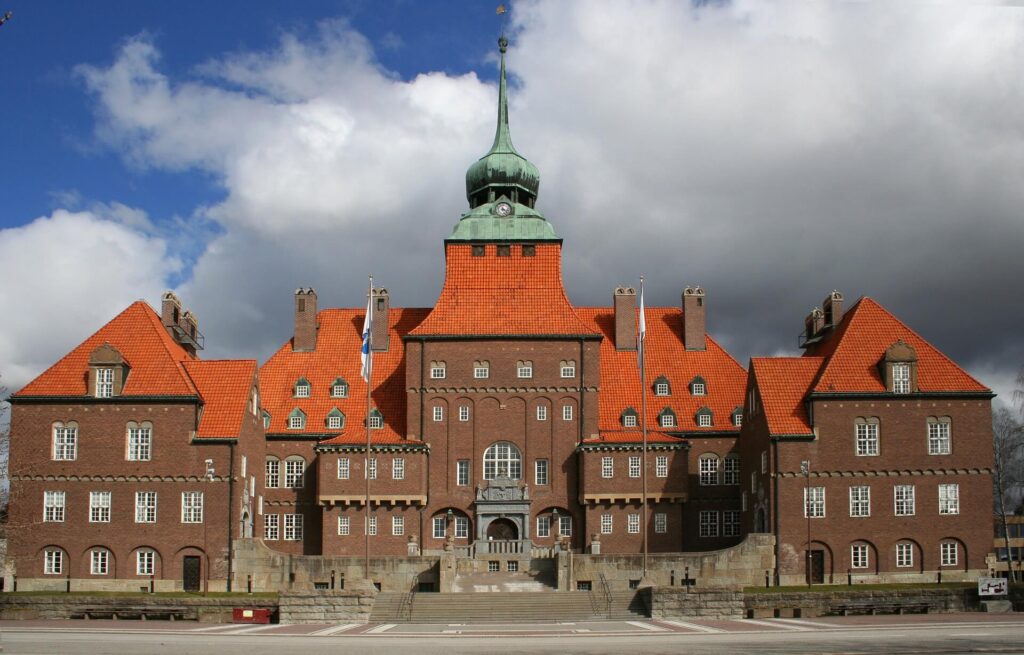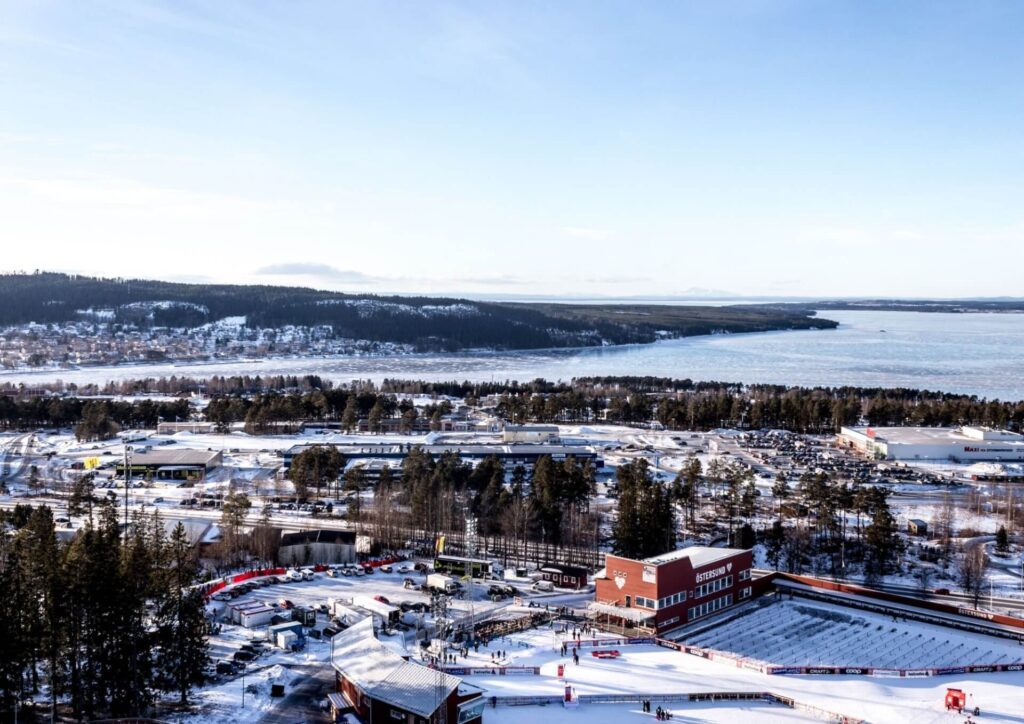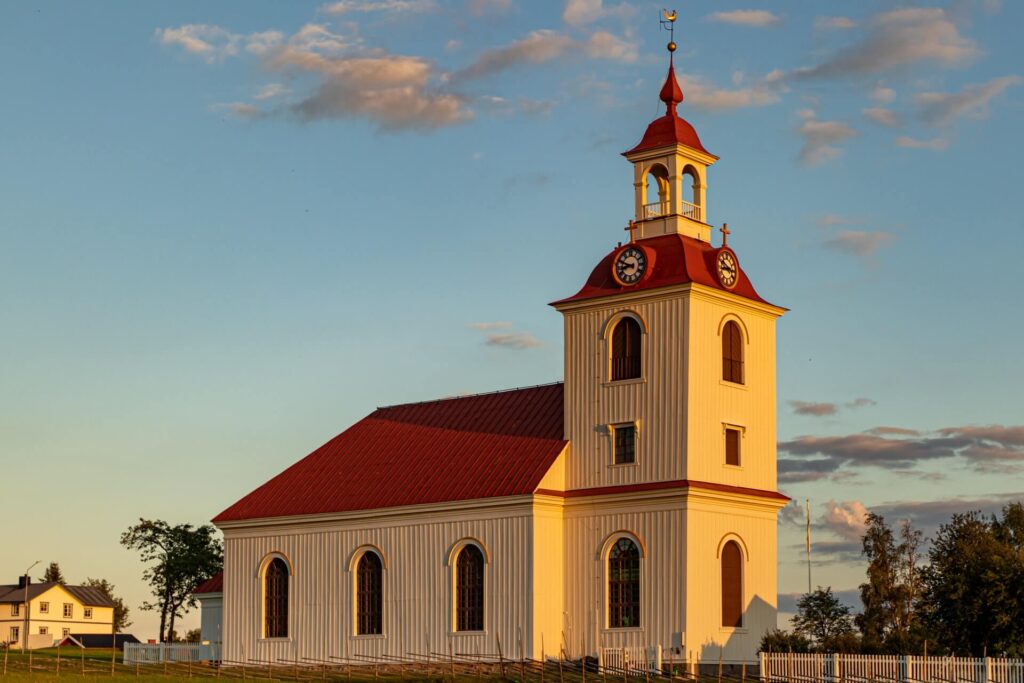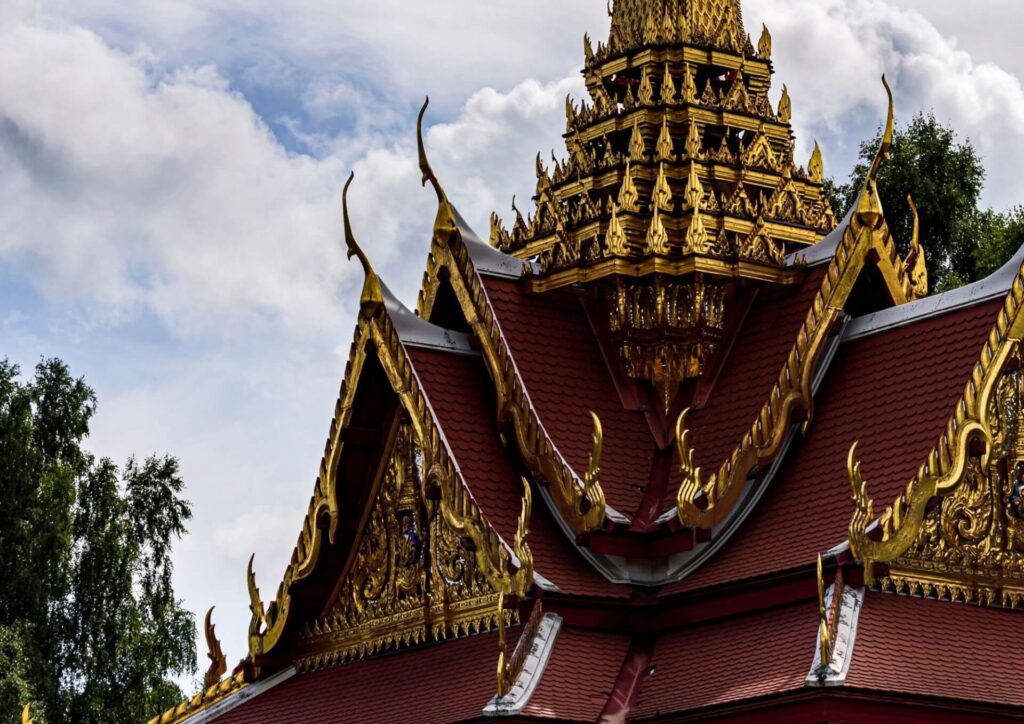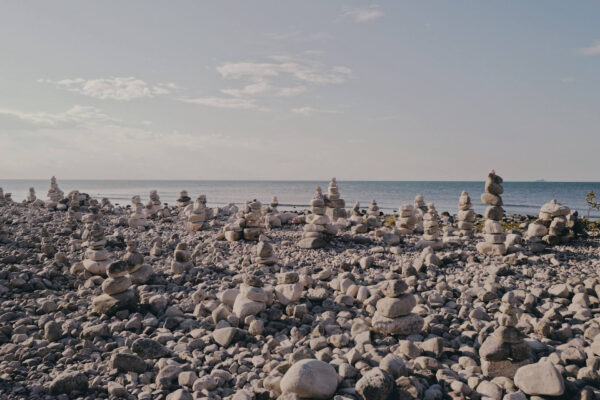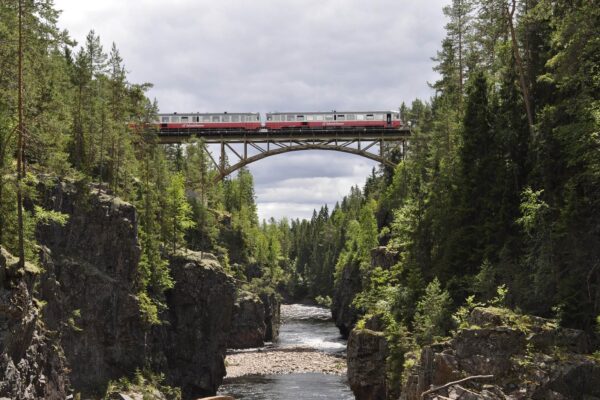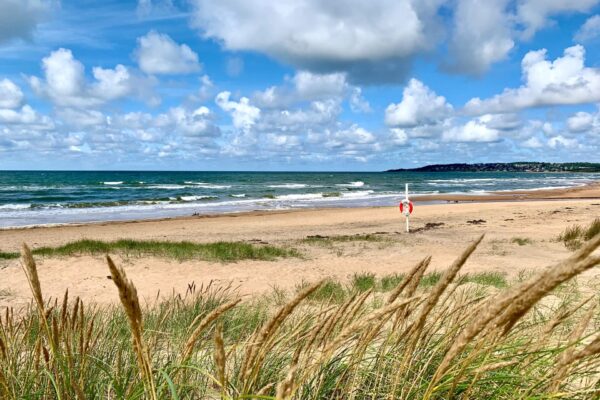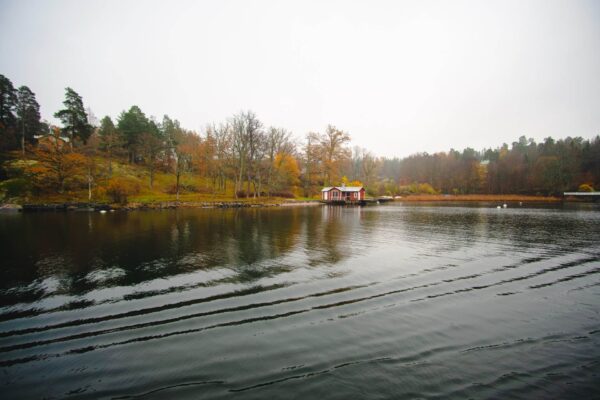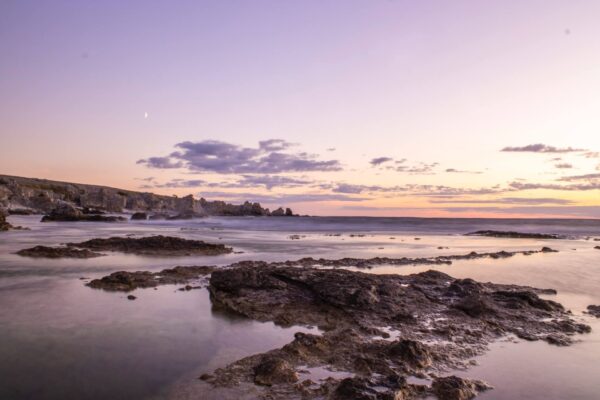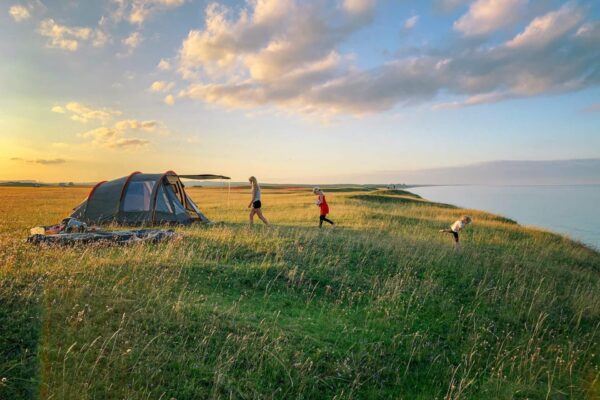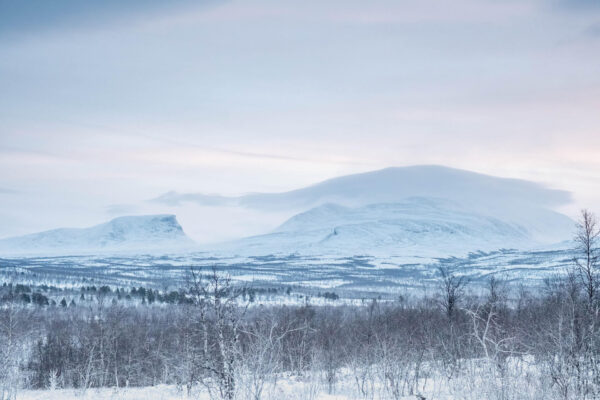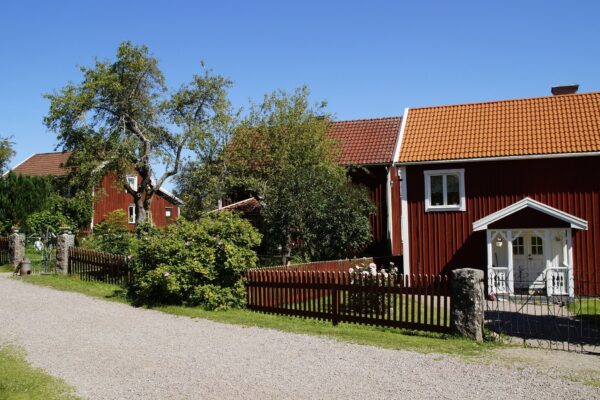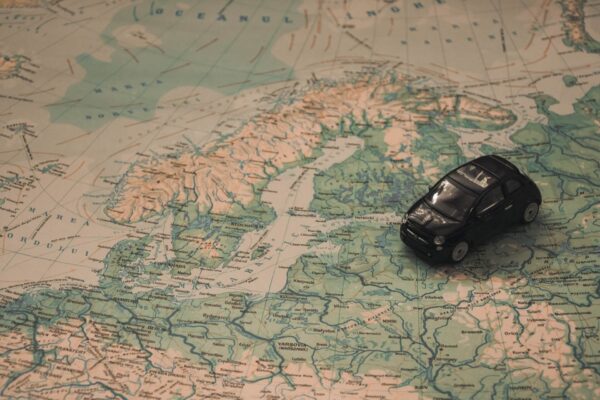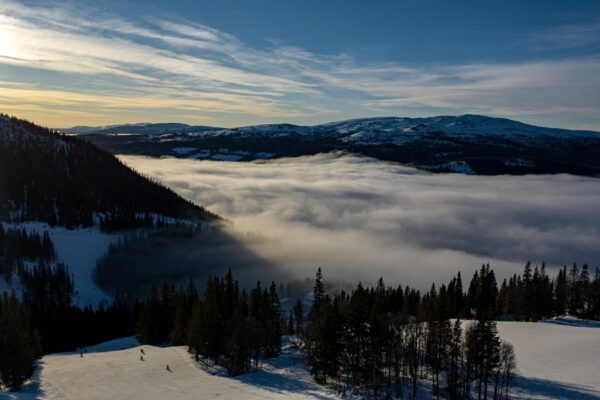Dense forests, frozen lakes and snow-covered hills and valleys – Jämtland in the north-west of Sweden offers spectacular nature in a league of its own. Whether on a hike or a ski tour, the region on the border with Norway makes every outdoor heart beat faster, in summer and winter alike. There are also some cultural highlights that should not be missed.
The historic province of Jämtland is located in the northwest of Sweden on the border with Norway. The region has one of the lowest population densities in the country and is very rural with only a few towns, but offers impressive and wild nature. The capital of the province is Östersund.
| Part of the country | Norrland (Northern Sweden) |
|---|---|
| Area | 37,788 km² |
| Inhabitants | 113,000 |
Travelling in Jämtland’s wild nature
With only 3 inhabitants per square kilometre, Jämtland has one of the lowest population densities in Sweden and towns are few and far between – but there is all the more impressive nature to explore and discover in every season. This includes Storsjön, the fifth largest lake in the country, which disappears under a thick layer of ice in winter – and is rumoured to be home to a monster.
In summer, Jämtland is perfect for hiking and mountain biking, as well as canoeing, kayaking, climbing and fishing. In the winter months, the region turns into a true snow paradise and countless visitors come to Åre, the largest ski resort in Sweden and Northern Europe, to enjoy the fantastic panorama on skis or snowboards – here you can ski down the slopes under the Northern Lights. But winter in Jämtland has even more to offer, including ice skating, dog sledding, snowmobile safaris, ice fishing and ice climbing.
Jämtland is also home to many waterfalls, including the largest and most powerful waterfall in Sweden, Tännforsen. The waterfall is around 38 metres high and reaches its maximum water volume in May or June, but it is also worth a visit in winter, when you can walk under the frozen masses of water.
Also worth seeing is “Döda Fallet” – the dead fall. Where there is now a nature reserve, there used to be the Gedungsen waterfall. When an attempt was made to create a side channel for the forestry industry at the end of the 18th century, a catastrophe occurred – Lake Ragundasjön was emptied within a few hours. The area left behind can now be explored on hikes.
Other nature reserves worth seeing are on the various islands in Storsjön, for example on Frösön or Andersön. For hiking fans, we recommend the Jämtland Triangle – a 47-kilometre circular trail in three stages, which is one of Sweden’s “signature trails”, i.e. Swedish “character trails” that give visitors a particularly good understanding of the country’s diverse beauty. Hiking pros dare to take the “Panorama Trail”, which leads from Järpen to Trondheim in Norway and passes numerous impressive natural highlights.
Culture and history in Jämtland
Although there are only a few towns in Jämtland, those that do exist are well worth a visit. Östersund is the largest city in the region and is centrally located on the banks of the Storsjön. The city is also the cultural centre of Jämtland, where major events take place time and again, most notably the Störsjöyran music festival and the annual start of the Biathlon World Cup. On the island of Frösö, which lies in the lake to the west of Östersund, you can find Sweden’s northernmost rune stone, among other things.
Jämtland also belongs to Sápmi, the land of the Sami, the indigenous people of Northern Europe, and is therefore characterised by Sami culture, especially reindeer herding. If you want to find out more about the history and culture of Jämtland, you should visit the Jämtli Museum, where artefacts and exhibits dating back to the Viking Age are on display. The museum also has an open-air museum consisting of historic buildings from the 18th and 19th centuries, where a cosy Christmas market is held in winter.
Things get surprisingly un-Swedish in Ragundadalen. Apart from the Döda Fallet, there is an unusual visitor attraction here that has its roots in Asia. The Thai pavilion was built in 1997 to mark the centenary of the visit of King Chulalongkorn of Thailand to the region. At the only Thai pavilion of its kind outside Thailand, a festival is held every year on 19 July in honour of the royal visit.
